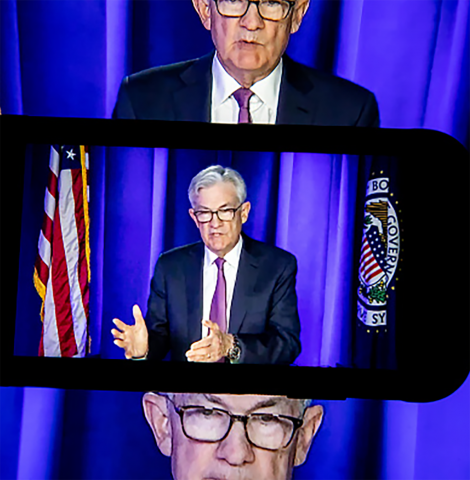The Fed hiked rates by 50 basis points, as expected. That is the biggest rate-hike since the bursting of the Dot-Com bubble in May 2000.
Quantitative Tightening (QT) should begin on June 1st and will be initially capped at $47.5 billion (bn). Three months later, it will grow to $95bn while the consensus was for $95bn as of now. This news is thus “dovish”. The Fed's QT plan means the balance sheet will shrink by $522.5bn by year- end (current size is $8.96 trillion).
In the press conference, Chairman Powell said he still believes in a soft landing thanks to accumulated savings, a stronger balance sheet and a tighter labor market: "The U.S. economy is very strong and well positioned to handle tighter monetary policy."
The Fed is “moving expeditiously” to combat rising inflation which has hit consumers hard, said Chairman Jerome Powell to start the central bank’s post-announcement news conference. “Inflation is much too high and we understand the hardship it is causing” he said. “We have both the tools we need and the resolve it will take to restore price stability on behalf of American families and businesses.”
The Fed added that they are highly “attentive” to inflation risks which could be seen to signal a hawkish tone but overall this is not more hawkish than expected.
Interestingly, the Fed shifted the description of “transitory” from inflation to the economy. In other words, they acknowledged the weakness in the economy, but they suggested this was temporary and household spending and business spending remains strong. This is an interesting way to support the need for more rate hikes and was indeed a hawkish message.
The FOMC estimates that the neutral rate is between 2% and 3%. The Fed added they will not hesitate to go beyond the neutral rate if necessary.



